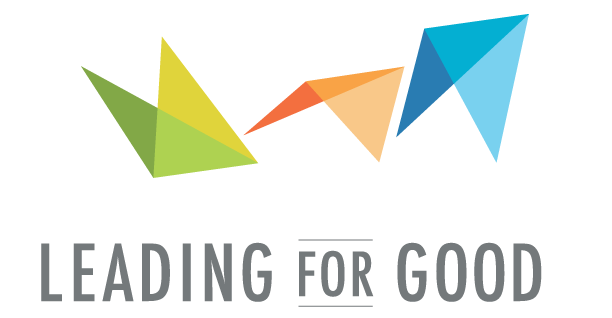Design Thinking: A Relevant Innovation Process
This morning, I had the opportunity to do a session on innovation and design thinking for a cohort of 12 leaders in the NYC Department of Education’s Chancellor’s Fellowship program. Rather than teaching innovation and design through the review and discussion of intellectual concepts, I decided that the leaders would be better served by “learning by doing.”
I started the session by introducing a definition of innovation. For a buzzword like “innovation,” with an infinite number of definitions, I wanted to share something simple and also something that builds on common elements. Below is the definition I used with the group, and it is similar to Fresh Consulting’s perspective on innovation.
Innovation is the application of new thinking to a problem or need, which creates value
Innovation is not just about novel ideas; it is about embedding novel ideas in a working system, organization or marketplace. Innovation implies that the new thinking is being put to use, whether in the form of a product, program, service, process or business strategy.
Design thinking is one answer on HOW to innovate. Traditionally, we might think of design thinking as relevant for creatives and engineers who are looking to create new products. For example, products such as the Swiffer, the Herman Miller Aeron chair, as well as the iPod, iPhone and iPad are all great examples of products resulting from great design process.

Over the last fifteen years, however, design thinking has become a relevant and useful toolkit for innovating in a variety of organizational contexts beyond just the conceptualization of new physical products. Design thinking otherwise known as “human centered design” is about empathizing with your clients or end users, and digging deep into their needs in order to build creative and relevant solutions.
Diverse organizations, such as JetBlue, Cirque De Soleil, and Fidelity Investments are actively using design thinking to envision and plan for the future, build new products and also better structure their operations to meet customer needs. And because the field of education is so human centered, it is an ideal environment to which to apply design thinking methodologies.
So what did I do with this group to teach this group design thinking? I used the Stanford Design School’s crash course in design thinking. Stanford Design School generously makes their materials available so that the public can apply this toolkit to powering better solutions for customers and also to address complex global challenges, such as climate change, clean water and sanitation systems.
In this 1.5 hour workshop, leaders had to redesign the gift giving experience for their partner and learn design thinking by following the design model:
Empathizing with their partner’s past experience of gift giving
Defining a tangible problem that they wanted to tackle to help enhance their partner’s gift giving experience
Ideating in visual drawings what are potential ideas or solutions that could address the outlined problem
Prototyping a 3D representation of the idea that has the most emotional resonance for their partner
Testing their concepts with their partner and iterating based on corresponding feedback from their partner
Design thinking forced the group to get out of the typical tendency to present recommendations to stakeholders after investing a considerable amount of time thinking about and analyzing a given problem on our own. Design thinking forced an ongoing conversation between designer and user, and enabled consideration of a broader number of ideas through a faster iteration cycle. Finally, design thinking allowed participants a new way to think and dialogue creatively, which is to think by drawing and building vs. the usual cycle of thinking in words and then in visuals.
One individual left saying they hope to use this type of exercise with their teams to ensure they are appropriately considering the user’s needs in designing user interfaces. Another said she was relieved to know she could innovate more collaboratively with others earlier in the process, as opposed to feeling like it was up to her to come up with a brilliant solution on her own. Indeed, innovation is a team sport, whereby “genius” solutions emanate from careful observation and empathy and reflection about those you are trying to serve.
In closing, I will encourage you to
1. Observe your customers more often in their natural environments
2. Ask more thoughtful questions to get at needs, values and behavior
3. Brainstorm more visually and test your ideas with stakeholders and users more often and more quickly.
Why not be a designer in your own line of work? It sounds so much more fun, doesn't it?
